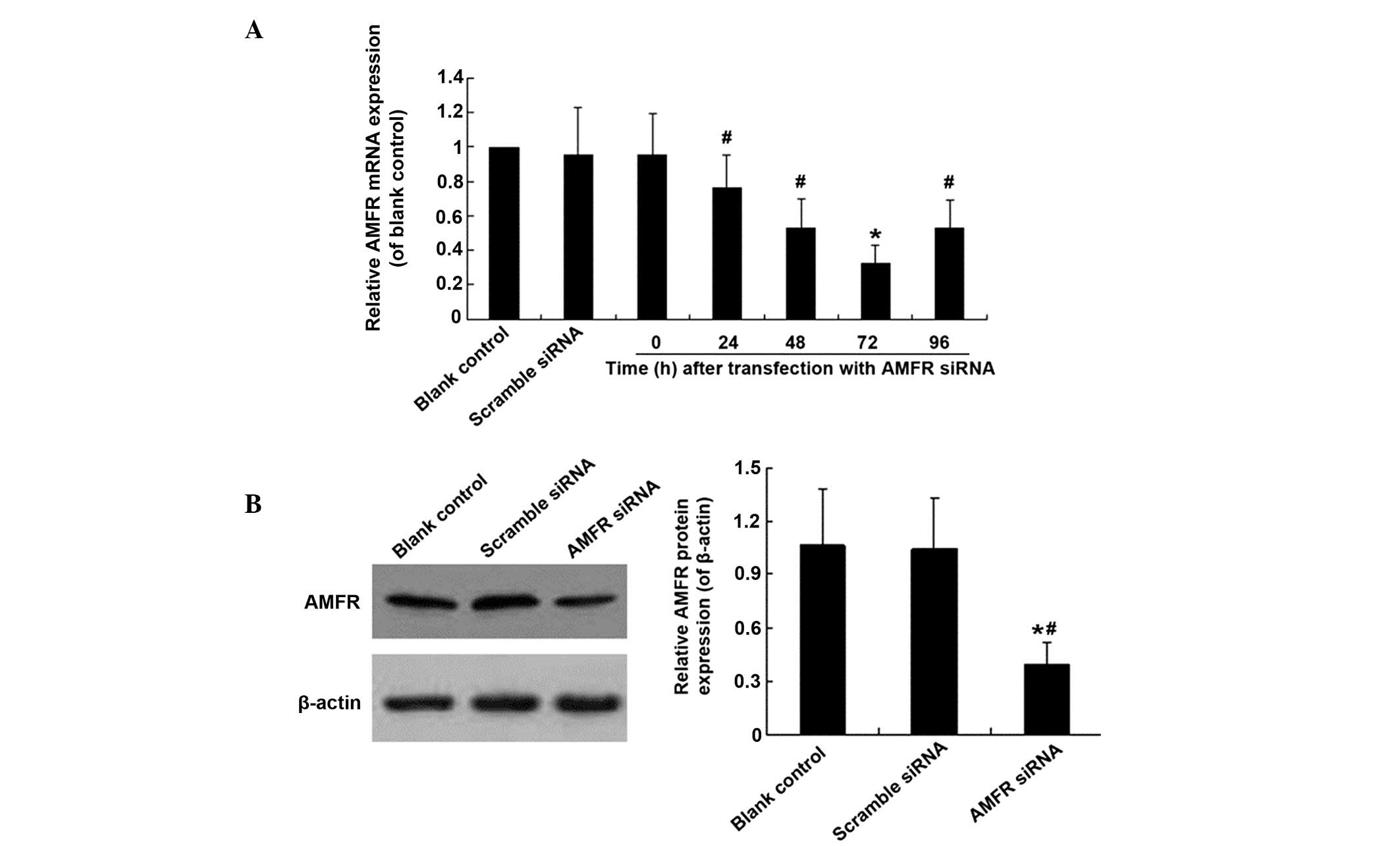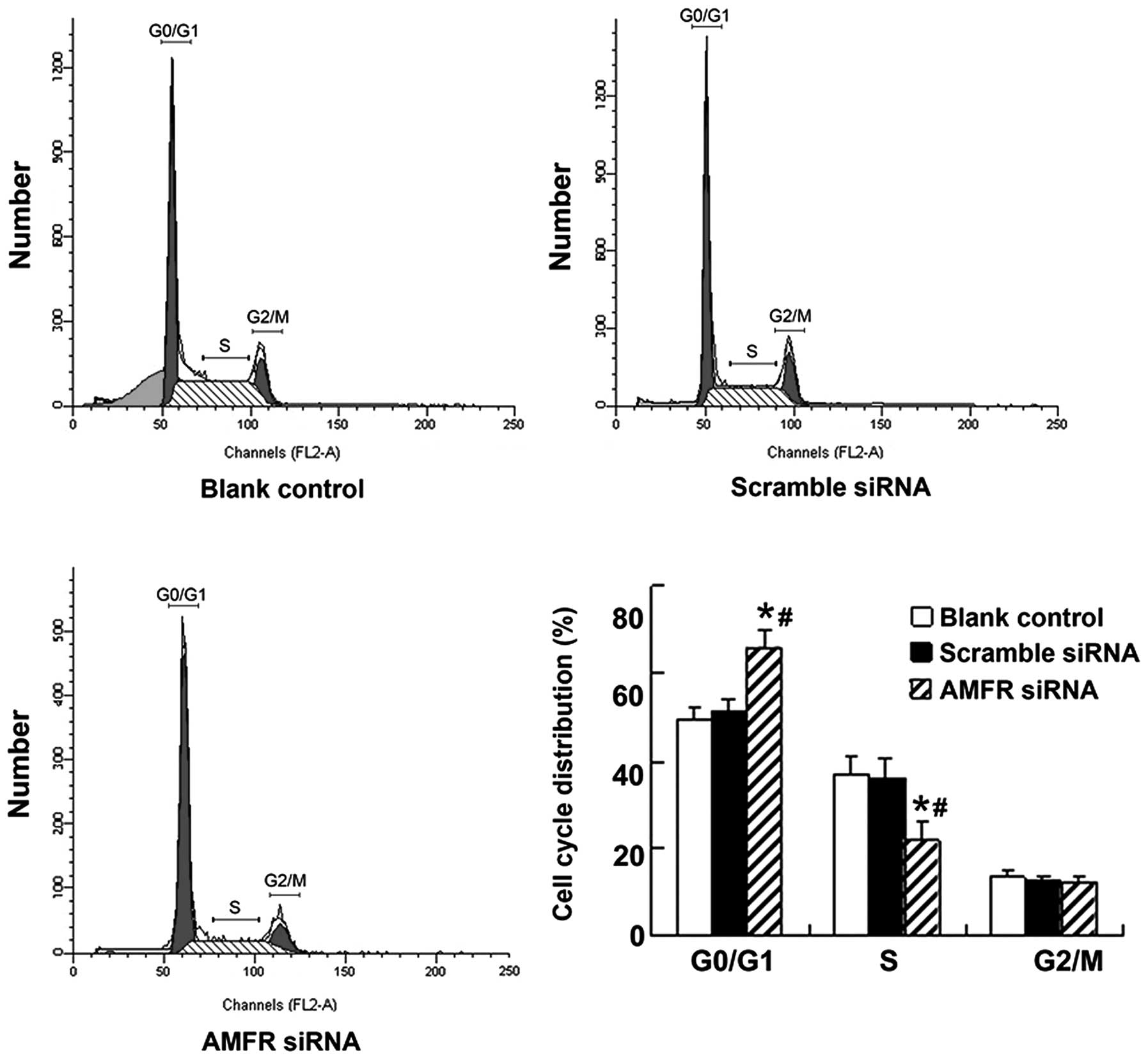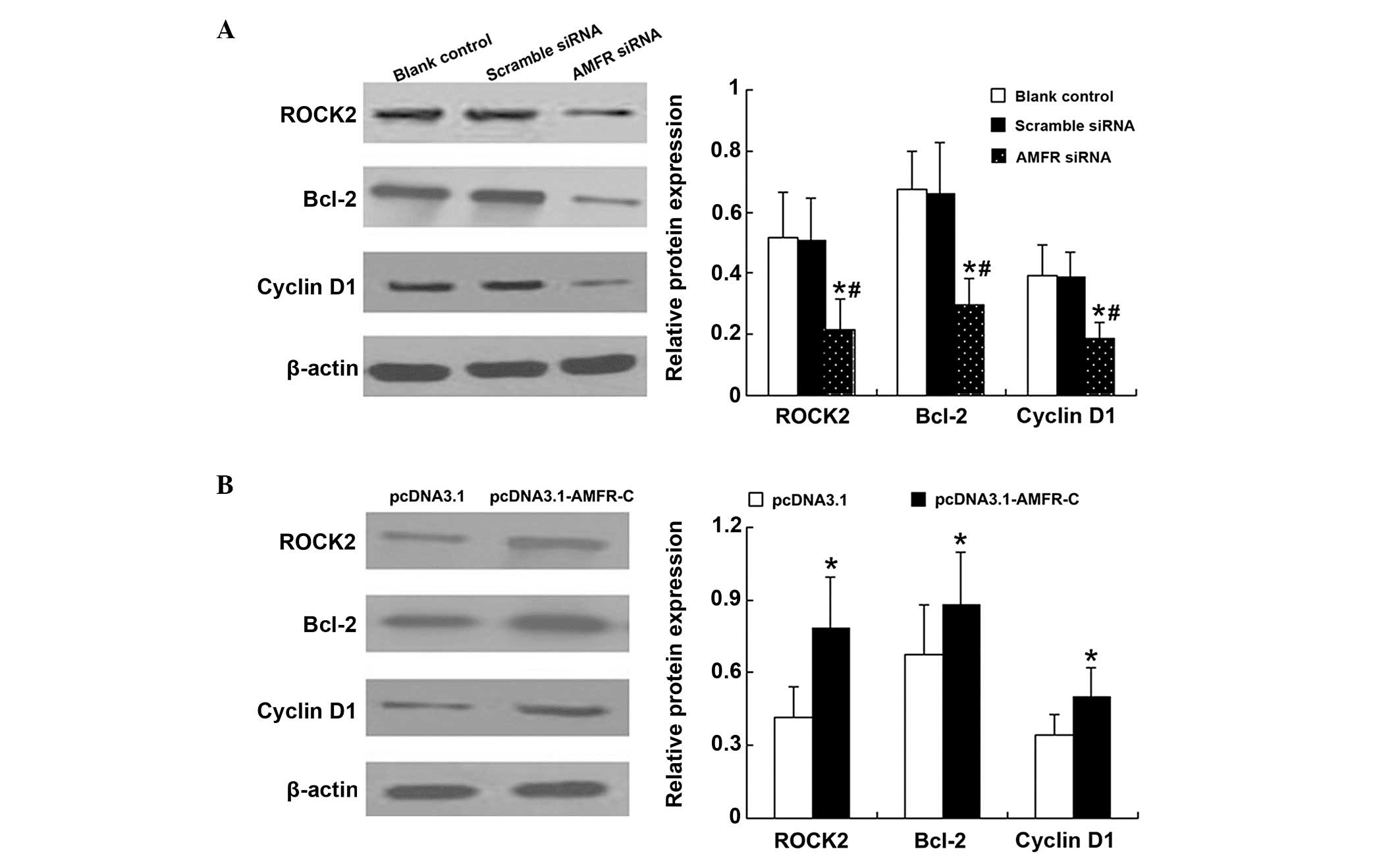|
1
|
Villeneuve P, Kim DT, Xu W, Brandwein J
and Chang H: The morphological subcategories of acute monocytic
leukemia (M5a and M5b) share similar immunophenotypic and
cytogenetic features and clinical outcomes. Leuk Res. 32:269–273.
2008. View Article : Google Scholar
|
|
2
|
Ravindranath Y, Chang M, Steuber CP, et
al: Pediatric Oncology Group (POG) studies of acute myeloid
leukemia (AML): a review of four consecutive childhood AML trials
conducted between 1981–2000. Leukemia. 19:2101–2116. 2005.
View Article : Google Scholar : PubMed/NCBI
|
|
3
|
Smith FO, Alonzo TA, Gerbing RB, Woods WG
and Arceci RJ; Children's Cancer Group: Long-term results of
children with acute myeloid leukemia: a report of three consecutive
Phase III trials by the Children's Cancer Group: CCG 251, CCG 213
and CCG 2891. Leukemia. 19:2054–2062. 2005. View Article : Google Scholar : PubMed/NCBI
|
|
4
|
Johnston DL, Alonzo TA, Gerbing RB, Lange
BJ and Woods WG: Risk factors and therapy for isolated central
nervous system relapse of pediatric acute myeloid leukemia. J Clin
Oncol. 23:9172–9178. 2005. View Article : Google Scholar : PubMed/NCBI
|
|
5
|
Silletti S, Watanabe H, Hogan V, Nabi IR
and Raz A: Purification of B16-F1 melanoma autocrine motility
factor and its receptor. Cancer Res. 51:3507–3511. 1991.PubMed/NCBI
|
|
6
|
Shimizu K, Tani M, Watanabe H, et al: The
autocrine motility factor receptor gene encodes a novel type of
seven transmembrane protein. FEBS Lett. 456:295–300. 1999.
View Article : Google Scholar : PubMed/NCBI
|
|
7
|
Watanabe H, Carmi P, Hogan V, et al:
Purification of human tumor cell autocrine motility factor and
molecular cloning of its receptor. J Biol Chem. 266:13442–13448.
1991.PubMed/NCBI
|
|
8
|
Chiu CG, St-Pierre P, Nabi IR and Wiseman
SM: Autocrine motility factor receptor: a clinical review. Expert
Rev Anticancer Ther. 8:207–217. 2008. View Article : Google Scholar : PubMed/NCBI
|
|
9
|
Funasaka T and Raz A: The role of
autocrine motility factor in tumor and tumor microenvironment.
Cancer Metastasis Rev. 26:725–735. 2007. View Article : Google Scholar : PubMed/NCBI
|
|
10
|
Haga A, Funasaka T, Niinaka Y, Raz A and
Nagase H: Autocrine motility factor signaling induces tumor
apoptotic resistance by regulations Apaf-1 and Caspase-9 apoptosome
expression. Int J Cancer. 107:707–714. 2003. View Article : Google Scholar : PubMed/NCBI
|
|
11
|
Wang W, Yang LY, Yang ZL, Peng JX and Yang
JQ: Elevated expression of autocrine motility factor receptor
correlates with overexpression of RhoC and indicates poor prognosis
in hepatocellular carcinoma. Dig Dis Sci. 52:770–775. 2007.
View Article : Google Scholar : PubMed/NCBI
|
|
12
|
Shih WL, Liao MH, Lin PY, et al: PI
3-kinase/Akt and STAT3 are required for the prevention of
TGF-beta-induced Hep3B cell apoptosis by autocrine motility
factor/phosphoglucose isomerase. Cancer Lett. 290:223–237. 2010.
View Article : Google Scholar
|
|
13
|
Tsutsumi S, Gupta SK, Hogan V, Collard JG
and Raz A: Activation of small GTPase Rho is required for autocrine
motility factor signaling. Cancer Res. 62:4484–4490.
2002.PubMed/NCBI
|
|
14
|
Navenot JM, Fujii N and Peiper SC:
Activation of Rho and Rho-associated kinase by GPR54 and KiSS1
metastasis suppressor gene product induces changes of cell
morphology and contributes to apoptosis. Mol Pharmacol.
75:1300–1306. 2009. View Article : Google Scholar : PubMed/NCBI
|
|
15
|
Wang L, Xue L, Yan H, Li J and Lu Y:
Effects of ROCK inhibitor, Y-27632, on adhesion and mobility in
esophageal squamous cell cancer cells. Mol Biol Rep. 37:1971–1977.
2010. View Article : Google Scholar
|
|
16
|
Wang L, Hou G, Xue L, Li J, Wei P and Xu
P: Autocrine motility factor receptor signaling pathway promotes
cell invasion via activation of ROCK-2 in esophageal squamous cell
cancer cells. Cancer Invest. 28:993–1003. 2010. View Article : Google Scholar : PubMed/NCBI
|
|
17
|
Kojic LD, Joshi B, Lajoie P, et al:
Raft-dependent endocytosis of autocrine motility factor is
phosphatidylinositol 3-kinase-dependent in breast carcinoma cells.
J Biol Chem. 282:29305–29313. 2007. View Article : Google Scholar : PubMed/NCBI
|
|
18
|
Kaynak K, Kara M, Oz B, Akgoz B, Sar M and
Raz A: Autocrine motility factor receptor expression implies an
unfavourable prognosis in resected stage I pulmonary
adenocarcinomas. Acta Chir Belg. 105:378–382. 2005.PubMed/NCBI
|
|
19
|
Tímár J, Rásó E, Döme B, et al: Expression
and function of the AMF receptor by human melanoma in experimental
and clinical systems. Clin Exp Metastasis. 19:225–232. 2002.
View Article : Google Scholar : PubMed/NCBI
|
|
20
|
Niinaka Y, Haga A, Negishi A, Yoshimasu H,
Raz A and Amagasa T: Regulation of cell motility via high and low
affinity autocrine motility factor (AMF) receptor in human oral
squamous carcinoma cells. Oral Oncol. 38:49–55. 2002. View Article : Google Scholar : PubMed/NCBI
|
|
21
|
Ohta Y, Minato H, Tanaka Y, Go T, Oda M
and Watanabe Y: Autocrine motility factor receptor expression
associates with tumor progression in thymoma. Int J Oncol.
17:259–264. 2000.PubMed/NCBI
|
|
22
|
Kawanishi K, Doki Y, Shiozaki H, et al:
Correlation between loss of E-cadherin expression and
overexpression of autocrine motility factor receptor in association
with progression of human gastric cancers. Am J Clin Pathol.
113:266–274. 2000. View Article : Google Scholar : PubMed/NCBI
|
|
23
|
Huang Z, Zhang N, Zha L, et al: Aberrant
expression of the autocrine motility factor receptor correlates
with poor prognosis and promotes metastasis in gastric carcinoma.
Asian Pac J Cancer Prev. 15:989–997. 2014. View Article : Google Scholar : PubMed/NCBI
|
|
24
|
Montalvo J, Spencer C, Hackathorn A, et
al: ROCK1 & 2 perform overlapping and unique roles in
angiogenesis and angiosarcoma tumor progression. Curr Mol Med.
13:205–219. 2013. View Article : Google Scholar :
|
|
25
|
Patel RA, Forinash KD, Pireddu R, et al:
RKI-1447 is a potent inhibitor of the Rho-associated ROCK kinases
with anti-invasive and antitumor activities in breast cancer.
Cancer Res. 72:5025–5034. 2012. View Article : Google Scholar : PubMed/NCBI
|
|
26
|
Liu T, Yu X, Li G, et al: Rock2 regulates
Cdc25A through ubiquitin proteasome system in hepatocellular
carcinoma cells. Exp Cell Res. 318:1994–2003. 2012. View Article : Google Scholar : PubMed/NCBI
|
|
27
|
Grund S1, Olsson B, Jernås M, et al: The
autocrine motility factor receptor is overexpressed on the surface
of B cells in Binet C chronic lymphocytic leukemia. Med Oncol.
28:1542–1548. 2011. View Article : Google Scholar
|
|
28
|
Wang C, Sheng G, Lu J, et al: Effect of
RNAi-induced down regulation of nuclear factor kappa-B p65 on acute
monocytic leukemia THP-1 cells in vitro and vivo. Mol Cell Biochem.
359:125–133. 2012. View Article : Google Scholar
|
|
29
|
Wang CM, Sheng GY, Lu J, et al: Effect of
small interfering RNA targeting wild-type FLT3 in acute myeloid
leukaemia cells in vitro and in vivo. J Int Med Res. 39:1661–1674.
2011. View Article : Google Scholar : PubMed/NCBI
|
|
30
|
Tsuchiya S, Yamabe M, Yamaguchi Y,
Kobayashi Y, Konno T and Tada K: Establishment and characterization
of a human acute monocytic leukemia cell line (THP-1). Int J
Cancer. 26:171–176. 1980. View Article : Google Scholar : PubMed/NCBI
|
|
31
|
Rogalinska M and Kilianska ZM: Targeting
Bcl-2 in CLL. Curr Med Chem. 19:5109–5115. 2012. View Article : Google Scholar : PubMed/NCBI
|
|
32
|
Beurlet S, Omidvar N, Gorombei P, et al:
BCL-2 inhibition with ABT-737 prolongs survival in an NRAS/BCL-2
mouse model of AML by targeting primitive LSK and progenitor cells.
Blood. 122:2864–2876. 2013. View Article : Google Scholar : PubMed/NCBI
|
|
33
|
Esteve P, Embade N, Perona R, et al:
Rho-regulated signals induce apoptosis in vitro and in vivoby a
p53-independent, but Bcl2 dependent pathway. Oncogene.
17:1855–1869. 1998. View Article : Google Scholar : PubMed/NCBI
|
|
34
|
Sun Y, Luo D and Liao DJ: CyclinD1 protein
plays different roles in modulating chemoresponses in MCF7 and
MDA-MB231 cells. J Carcinog. 11:122012. View Article : Google Scholar : PubMed/NCBI
|















